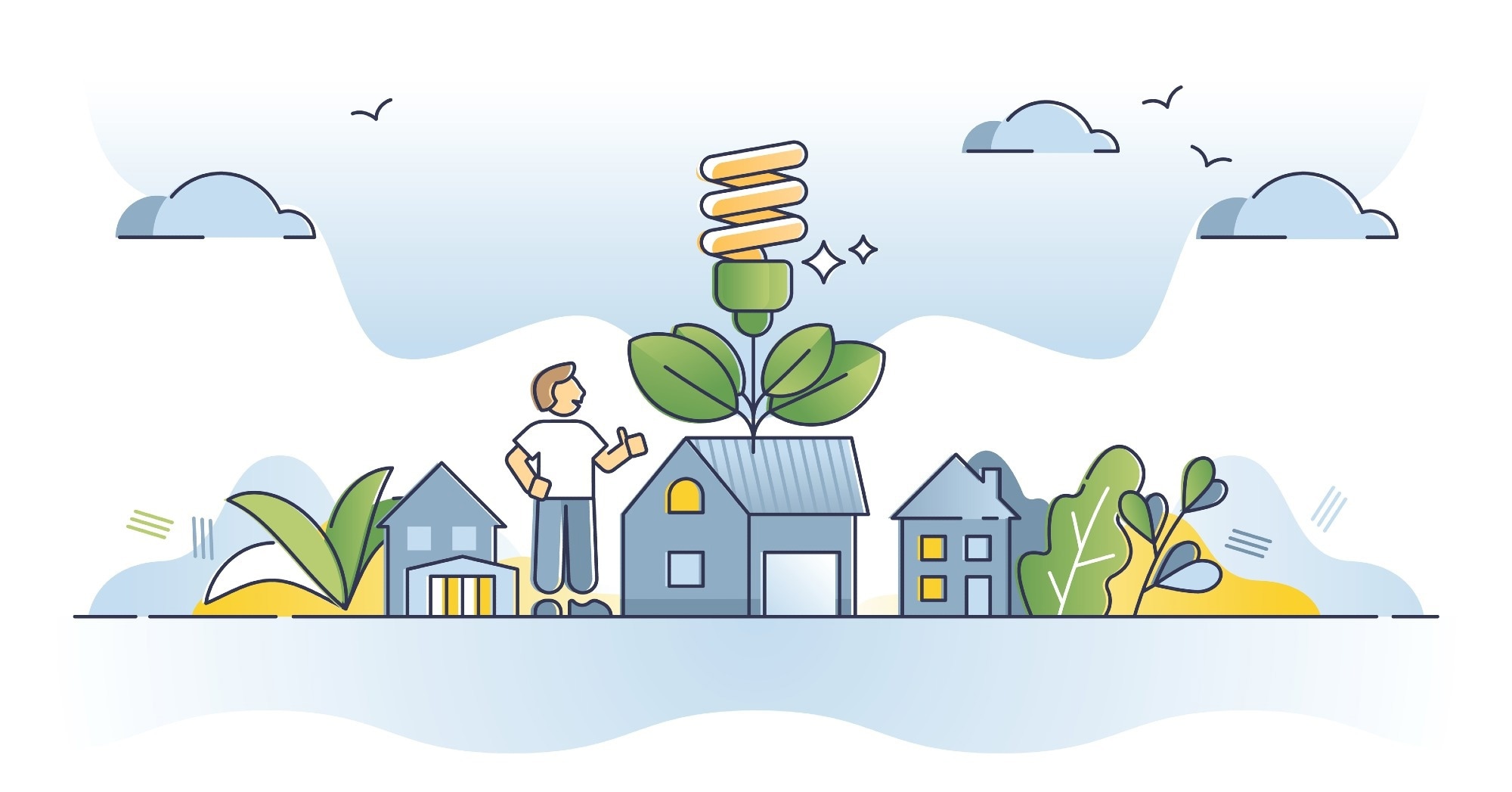A new study has discovered that electricity customers frequently lack an understanding of their daily energy-use patterns at home. This could have a severe financial effect as utility companies close in time-of-use energy pricing models.

Image Credit: VectorMine/Shutterstock.com
The study has been reported in the Nature Energy journal.
The authors of the study state that if utilities alter their pricing structures, there is a need for consumers to comprehend how and when they are using electricity so they can make knowledgeable decisions regarding billing choices.
Energy systems and the grid are undergoing drastic changes right now, and we need to update the way we talk to people about their energy use. From this work, it seems that people are not aware that when you use energy may be just as important as how much energy you use.
Hilary Boudet, Study Co-Author and Associate Professor, Sociology and Public Policy in College of Liberal Arts, Oregon State University
Boudet described that integrating renewable energy sources into the electricity system implies the timing of electricity generation and frequently clashes with the timing of energy use of consumers.
This mismatch results in issues for the electrical grid since the options for storing electricity have been restricted. Hence, utilities are heading toward rate plans that charge greater prices during peak hours.
The study performed by scientists from Oregon State University (OSU) and Stanford University examined energy-usage patterns obtained from 186 California residents who were granted access to their households’ smart meter data. Also, this monitors hourly changes as well as entire energy use.
Also, study participants finished questionnaires regarding what they trusted their daily energy-use patterns looked like, which scientists further compared to the actual energy-use patterns of the households.
Scientists wish to know if participants could precisely explain their home’s dominant “load shape,” the curve on a graph, thinking what period of the day had the greatest amount of energy use. The study analyzed the energy data participants’ and load shape awareness prior to and during California’s shelter-in-place orders at the start of the COVID-19 pandemic.
Most homes had a so-called “evening peak” load shape, with approximately two-thirds of households displaying this shape before and during shelter-in-place. Just a small percentage of households displayed a “morning peak” during either period.
The remainder was divided between “midday peak” and “dual peak,” along with midday peak raising during shelter-in-place and dual peak turning out to be a little bit less common.
At the time of the pre-shelter-in-place period, 51.1% of participants rightly found their load shape, compared with 30.6% for the shelter-in-place period.
Boudet stated that the evening peak is known to be the most frequent load shape mainly since that is when people working a 9-to-5 schedule return home and start cooking, cleaning, and running heat and air conditioning. Heating and cooling, particularly heating water, are a few biggest energy users of a home.
Furthermore, such peak hours are when several forms of renewable energy, like solar power, are less accessible, resulting in utilities turning to so-called “peaker plants” that kick on to fulfill the evening surge in requests and frequently depend on dirtier fuel sources, stated Boudet.
Since utility companies begin implementing so-called “demand response” programs like time-of-use pricing, charging greater rates throughout peak hours, evening usage will charge customers more.
You’re asking customers to respond to a price signal without real information about how they’re using energy. We need to incorporate this consideration of time into our conversations around energy use, so that people understand that it matters when energy is being produced, in terms of emissions.
Chad Zanocco, Study Lead Author and Postdoctoral Scholar, Stanford University
Boudet suggests that people learn about their energy use by just having a look at their smart meter reports, if available via their utility. This could be done to move their usage patterns out of late afternoon and evening hours.
For example, cleaning or running laundry earlier in the day would decrease energy use during evening peak hours. Also, Boudet stated that residents could look into more energy-effective appliances, so their entire energy use seems to be less.
But Boudet feels that this type of intervention can give an excessive load on lower-income households. This forces them to adjust their behavior to keep their bills inexpensively. This is done while highly affluent customers might purchase things like smart-home appliances that tend to enhance energy efficiency or adjust temperature settings in an automatic manner.
The study Co-Authors included Gregory Stelmach from OSU and Tao Sun, June Flora, and Ram Rajagopal from Stanford University.
Journal Reference:
Zanocco, C., et al. (2022) Assessing Californians’ awareness of their daily electricity use patterns. Nature Energy. doi.org/10.1038/s41560-022-01156-w